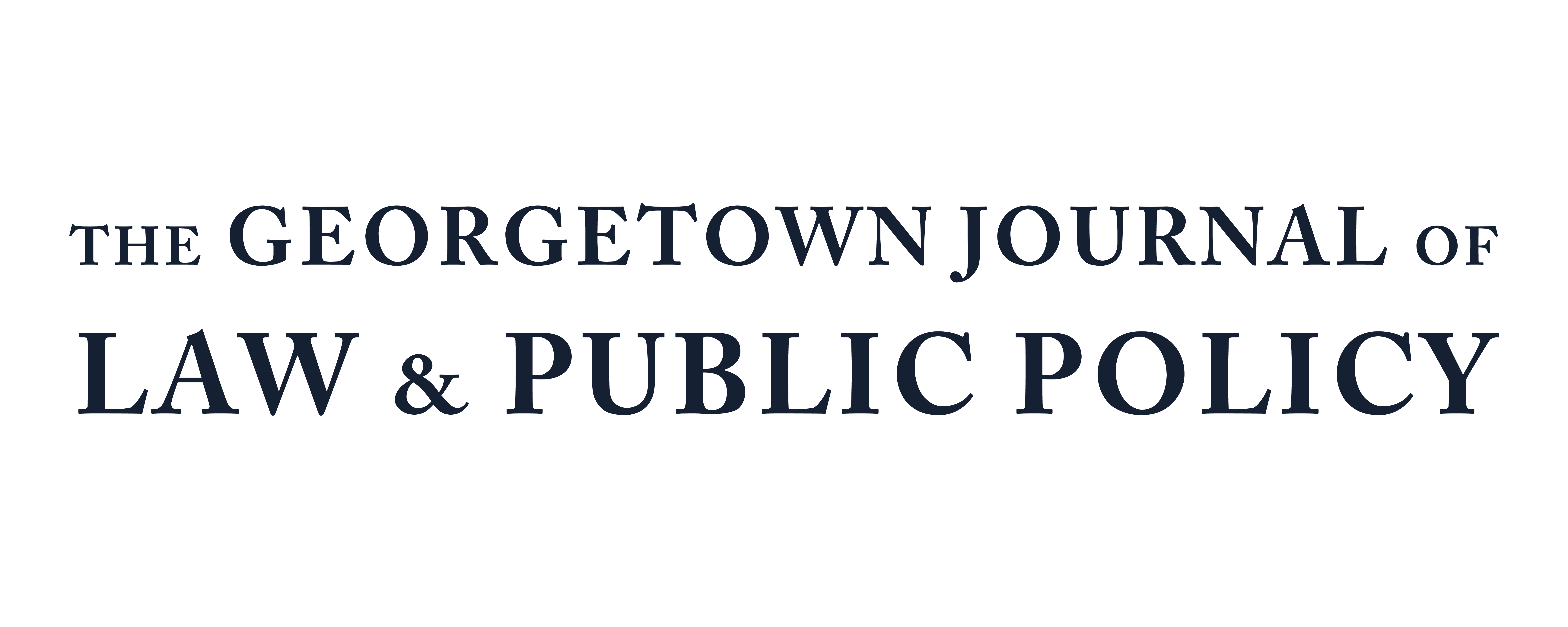Making the Fourth Amendment "Real" in Grand Jury Proceedings
The government is no longer adequately deterred from violating grand jury witnesses’ Fourth Amendment rights to indict. In United States v. Calandra, the Supreme Court held that evidence derived from pre-indictment Fourth Amendment violations could not be suppressed during grand jury proceedings. The Court declined intervention on grounds that suppression would stymie the grand jury and negligibly thwart future malfeasance, as the government would not violate the Fourth Amendment during proceedings only to have evidence suppressed at trial. In this Note, I argue that the government is no longer adequately deterred from violating witnesses’ Fourth Amendment rights to indict because: (1) nearly all federal criminal convictions involve plea bargaining, removing trial as a potential deterrent; (2) witnesses’ ability to remedy pre-indictment Fourth Amendment violations has been significantly curtailed since Calandra; and (3) institutional barriers, like judges and grand juries, are unlikely to preclude the use of tainted evidence during proceedings. Thus, absent additional safeguards, pre-indictment Fourth Amendment protections are considerably hollow.
To “make the Fourth Amendment something real” in the context of grand jury proceedings, Congress should pass legislation allowing witnesses to quash-and-suppress grand jury subpoenas derived from unlawfully obtained evidence and to move to suppress unlawfully obtained evidence pursuant to pre-Calandra Rule 41(e). This remedy would comport with the Court’s concerns regarding grand jury autonomy, efficiency, and secrecy. Moreover, the remedy may thwart future misconduct, insulate the judiciary from wrongdoing, and bring proceedings back within the Fourth Amendment’s ambit.
Keep Reading Making the Fourth Amendment “Real” in Grand Jury Proceedings
Subscribe to GJLPP
